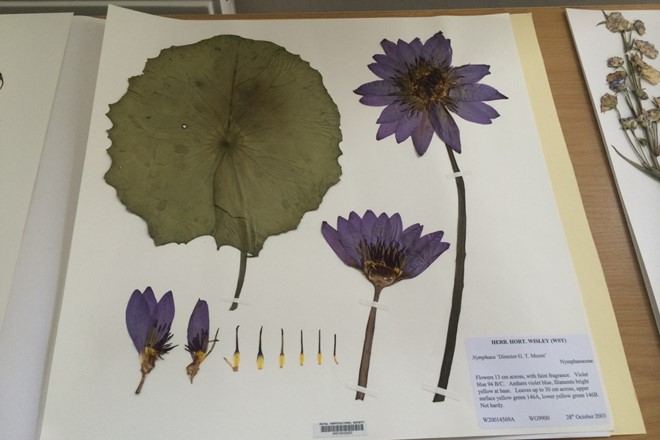A plant record is as important as the plant itself.
For National Plant Collection status it should contain as a minimum a unique identifying code (accession number), correct plant name, date acquired and from which source.
Plant records should be kept electronically. The best way of recording a plant collection is to use a horticultural database. Plant records can then be stored and linked to images, cultural information, legal paperwork, research relating to that plant, map locations and much more.
The Persephone Plant recording database is designed around the needs of Collection Holders.
Our preferred recording system, if you are not already using a horticultural database product (such as BG-BASE or Iris), is called Persephone. This is a free, secure online database and help will be given to get you started.
Alternatively, if you prefer to start out recording your plant list using a simple excel spreadsheet, here is a basic template. As different collections have different data recording needs, please contact us for advice on how best to set this up for your particular collection.
As well as the required minimum information needed, you will likely want to record much more information about your plants, such as pictures, historical research, cultivation notes etc.
It is important to keep paperwork for any plants that are subject to legislation such as CITES or the Nagoya protocol . These should be linked to the accession number for future ease of reference.
Plants can also be physically recorded by making herbarium sheets. These can either be kept for your own records or sent to a herbarium, where they will be available as a resource for future researchers. Digital copied can be kept with your records.

Nymphaea herbarium sheet

